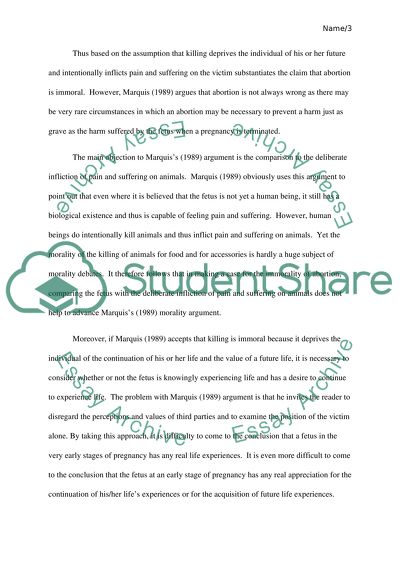Cite this document
(“Spring 2012 Philosophy 323: Human Diversity and Justice Professor Abed Essay”, n.d.)
Spring 2012 Philosophy 323: Human Diversity and Justice Professor Abed Essay. Retrieved from https://studentshare.org/philosophy/1399398-spring
Spring 2012 Philosophy 323: Human Diversity and Justice Professor Abed Essay. Retrieved from https://studentshare.org/philosophy/1399398-spring
(Spring 2012 Philosophy 323: Human Diversity and Justice Professor Abed Essay)
Spring 2012 Philosophy 323: Human Diversity and Justice Professor Abed Essay. https://studentshare.org/philosophy/1399398-spring.
Spring 2012 Philosophy 323: Human Diversity and Justice Professor Abed Essay. https://studentshare.org/philosophy/1399398-spring.
“Spring 2012 Philosophy 323: Human Diversity and Justice Professor Abed Essay”, n.d. https://studentshare.org/philosophy/1399398-spring.


